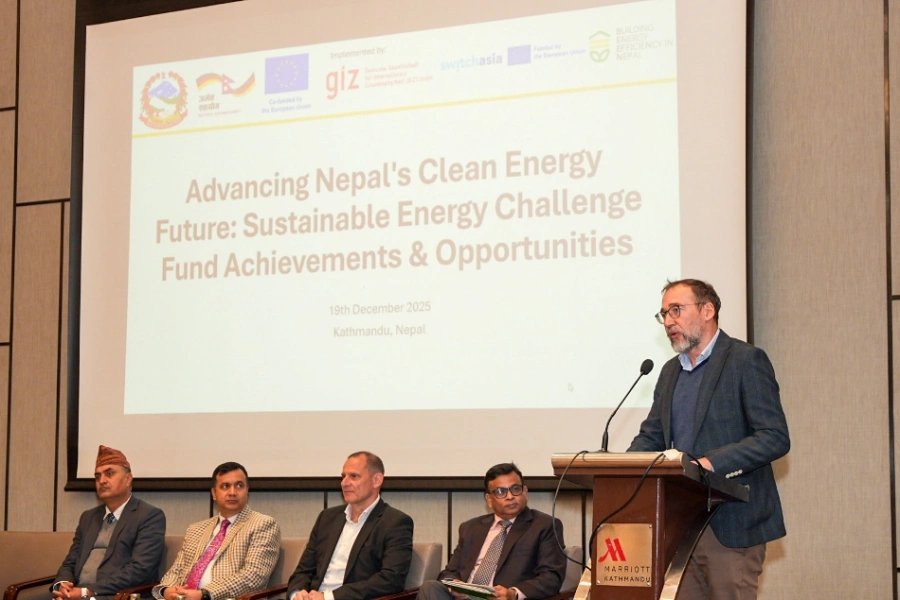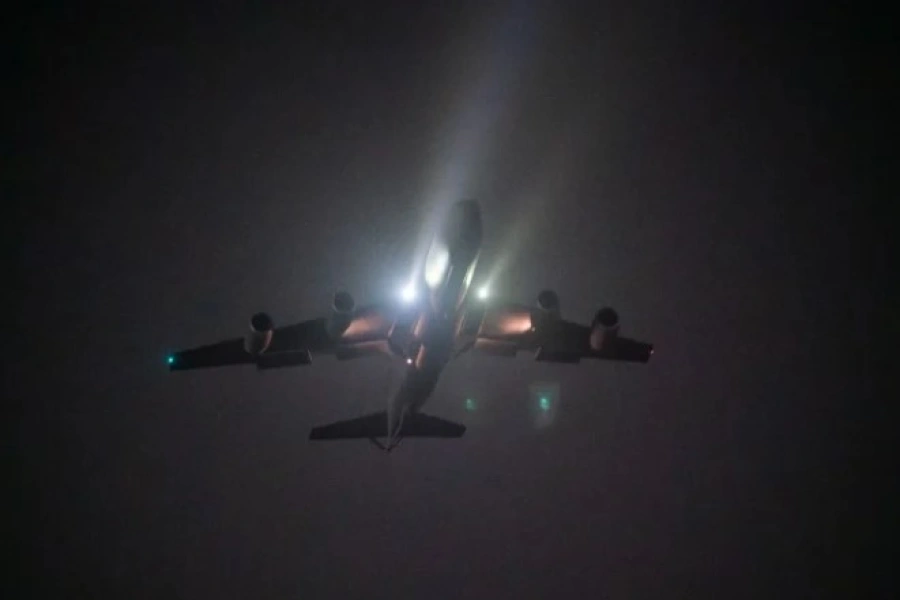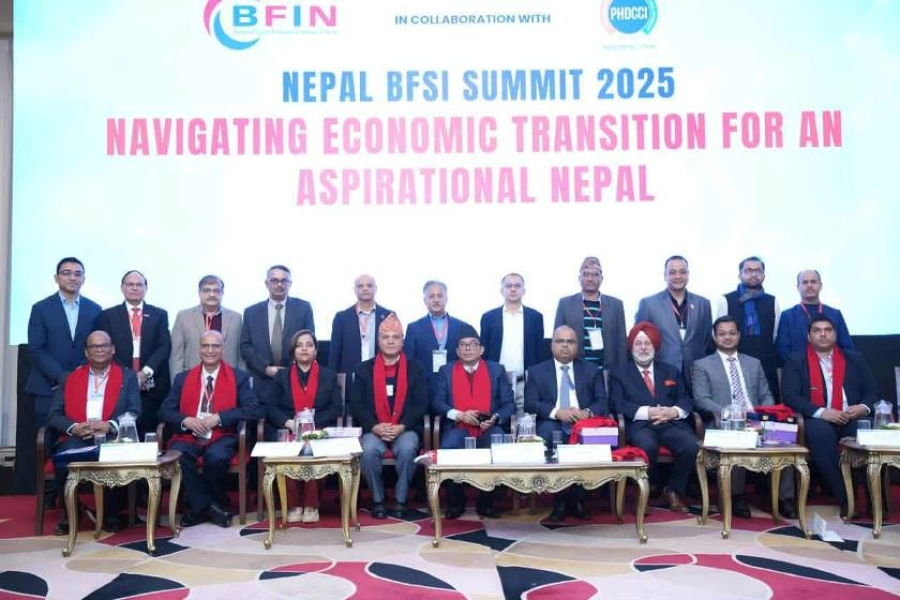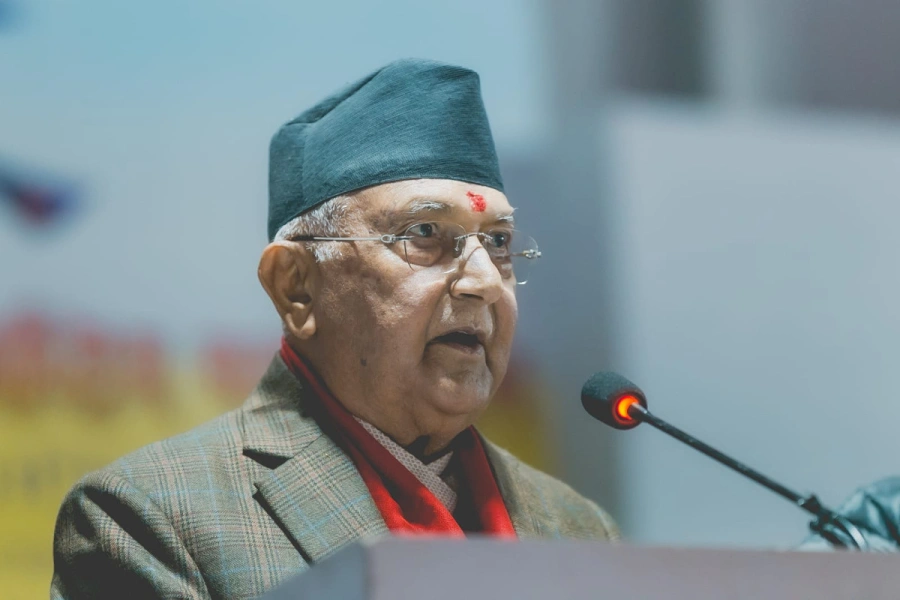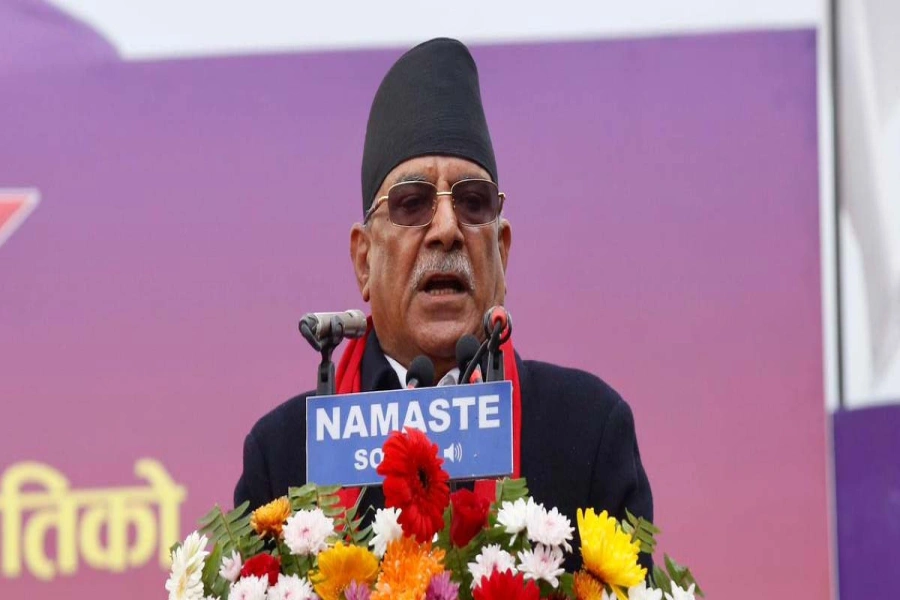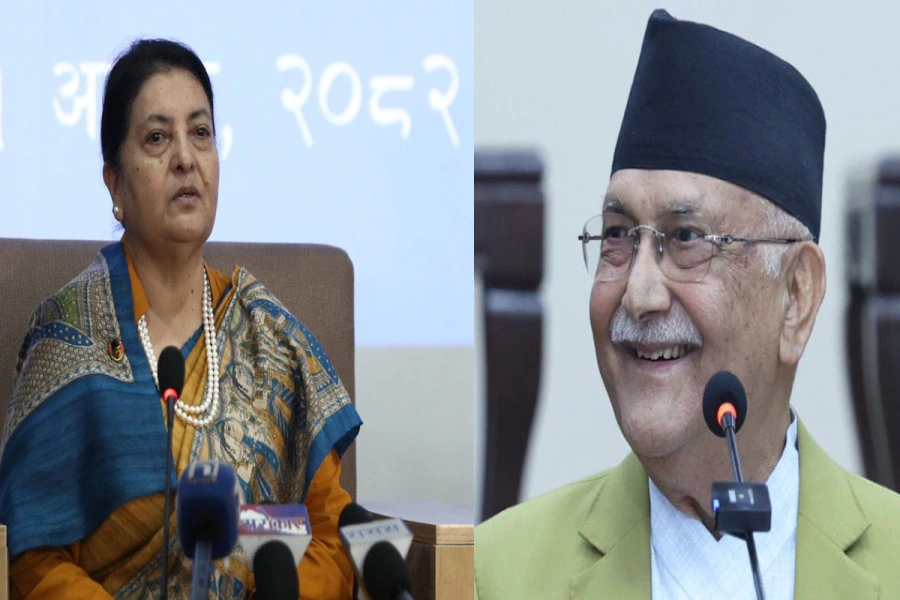Nepal could benefit from better connectivity ties with its northern neighbors through BRI projects but to be able to do so, it is important that Nepal negotiate better with China.
After the formation of the new government led by Pushpa Kamal Dahal of CPN ( Maoist Center), China seems to be more ‘functional’ in Nepal. It could be sheer coincidence, but the border point of Rasuwagadhi that remained closed for three years has been opened for two-way trade and the final survey of the much-hyped Gyorong-Kathmandu train project has also started from 1 January 2023. It is expected that the second phase of 10-lane ring road construction from Kalanki to Chabhil will also begin soon.
Nepal formally became part of BRI on May 12, 2017 after five years of the establishment of BRI. Both Nepal and China have identified nine projects - upgrading the Rasuwagadhi-Kathmandu road, Kimathanka-Hile road construction, road construction from Dipayal to the Chinese border, Tokha-Bidur Road, Galchhi-Rasuwagadhi-Kerung400kv transmission line, Kerung-Kathmandu rail, 762MW Tamor Hydroelectricity Project, 426MW Phuket Karnali Hydroelectric Project, and Madan Bhandari Technical Institute - under the BRI.
However, just a day ahead of the inauguration of the Pokhara Regional International Airport, a Tweet by the Chinese embassy in Kathmandu created controversy in the Nepali media. On Twitter, the Chinese embassy wrote - “This [Pokhara airport] is the flagship project of the China-Nepal BRI cooperation.” The available documentation never said that the Pokhara airport falls under the BRI. However, if there are any undisclosed documents, then that must be divulged by the authorities concerned.
The BRI defines five major priorities – policy coordination, infrastructure connectivity, unimpeded trade, financial integration, and connecting people. In other words, these priorities have broad based areas of economic development, transport connectivity, trade connectivity, financial integration through opening branches of Chinese banks and People-to-people contacts through visits and media cooperation.
There are numerous road and sea connectivity and corridor networks in different parts of the world under BRI and the Trans-Himalayan Multi-dimensional Connectivity Network, which will turn Nepal from a landlocked country to a land-linked country.
Nepal-China agree to conclude BRI Implementation Plan 'soon' as...

Under three priority pillars for the Chinese government organizing principles of foreign policy, the BRI appears to be one of the priority pillars in terms of developing successful foreign relations, rather than just an economic endeavor and the other pillars are Global Development Initiatives and Global Security Initiatives.
Numerous studies conducted by the World Bank have estimated that BRI can boost trade flows in 149 participating countries by 4.1 percent, as well as cutting the cost of global trade by 1.1 percent to 2.2 percent, and grow the GDP of the East Asian and Pacific developing countries by an average of 2.6 to 3.9 percent. According to London-based consultants Centre for Economics and Business Research, BRI is likely to increase the world GDP by $7.1 trillion per annum by 2040. Some compare it to the American Marshall Plan.
Nepal and China have cordial relations and some new developments have further deepened those relations. The first is the economic blockade imposed by India, the second is the BRI undertaken by China, and the third is China’s rise as the second most important global economic, military and political power.
Currently, about half a dozen Chinese airlines regularly fly to Nepal. Chinese tourists’ growth rate is highest in Nepal. Nepal gave permission to China to pick the 16 Himalayan districts bordering China to develop as part of a poverty alleviation program. Moreover, China-Nepal joint military exercises are a new chapter in security cooperation.
Apart from the BRI projects, currently China is heavily investing in infrastructure projects in Nepal including road constructions and ring road expansion, dry ports in Larcha and Syabrubesi border points, creation of China Study Centers, an international airport in Pokhara, optical fiber cable connectivity from Kathmandu to Chinese border. Moreover, China is exploring the possibility of finding oil and gas reserves in Nepal and building a boundary river bridge at Hilsa, Humla.
Under BRI projects, the most controversial, challenging, costly as well as most important project is the extension of the Qingzang railway from Tibet to Nepal and the border to India. There are three proposed routes under this railway - one from Shigatse to Kathmandu via Kerung up to Pokhara and Lumbini to the Indian border and second is from Shigatse to Burang border to Humla and Darchula districts in Nepal and Pithoragdh, Uttarakhand India and the third route would connect Shigatse to Yandong border of Sikkim, India.
As the cost factor in the railway project has been a major concern of Nepal, the Gyorong-Kathmandu and Kathmandu-Lumbini train route construction costs could be more than Nepal’s annual budget. For a small economy like Nepal, it is impossible to bear the entire construction cost as it could increase Nepal's debt burden by a hundred percent.
This project could be financially viable for Nepal only if Nepal receives interest-free loan or grants because this project seems to be more advantageous for China than for Nepal. Additionally, India would also benefit from this project after trading through this route as China and India have no conflicts in doing trade with each other. If this project is being implemented on a win-win basis between Nepal and China, this could increase trade and investment in South Asia through better connectivity, compared to other developed regions of the world.
For Nepal, the tourist flow from China would increase in unprecedented ways, Chinese investment in Nepal would surge and most likely, Nepal’s import trade would shift from India to China after the construction of this railway.
During the initial stage of acceptance on projects under BRI, there was consensus among the political parties in Nepal. However, now that the BRI is in the implementation and negotiation phase, some confusion and controversies are mounting in Nepal.
The main bone of contention is its financial modalities and issue of transparency. First, Nepal prefers grants and soft loans from China instead of commercial loans. The US$ 500 million grant assistance under MCC by the US has been also a driving force for Nepal to ask for grants instead of loans with China. Secondly, Nepal wants the interest rate and repayment time to be in line with that of multilateral funding agencies like the World Bank and Asian Development Bank. Thirdly, the Nepali side is also looking for a similar arrangement for the repayment of loans under BRI, extending the period to 40 years and beyond. Nepali officials have also called for fair and open competition among the bidders for BRI projects.
Keeping in mind these concerns of Nepal, it is expected that in the near future the officials from the two countries would start processes to finalize the text of BRI implementation where financial, technical and other inventories of each project would be fixed.
Projects under BRI are favorable for Nepal except the costly train project, which could be a very high risk game for Nepal. It should be kept in mind that for our small and shaking economy, excess loan repayment in foreign currency may negatively affect import of food, medicine, daily necessities and fuel as Nepal is highly dependent on the import of these items.
Lastly, there is no confusion that the Chinese policy toward Nepal is comparatively stable and free of complications and the bilateral relations between Nepal and China have been friendly and defined by Nepal’s policy of balancing the competing influence of China and Nepal’s southern neighbor. Nepal could benefit from better connectivity ties with its northern neighbors through BRI projects but to be able to do so, it is important that Nepal negotiate better with China.



